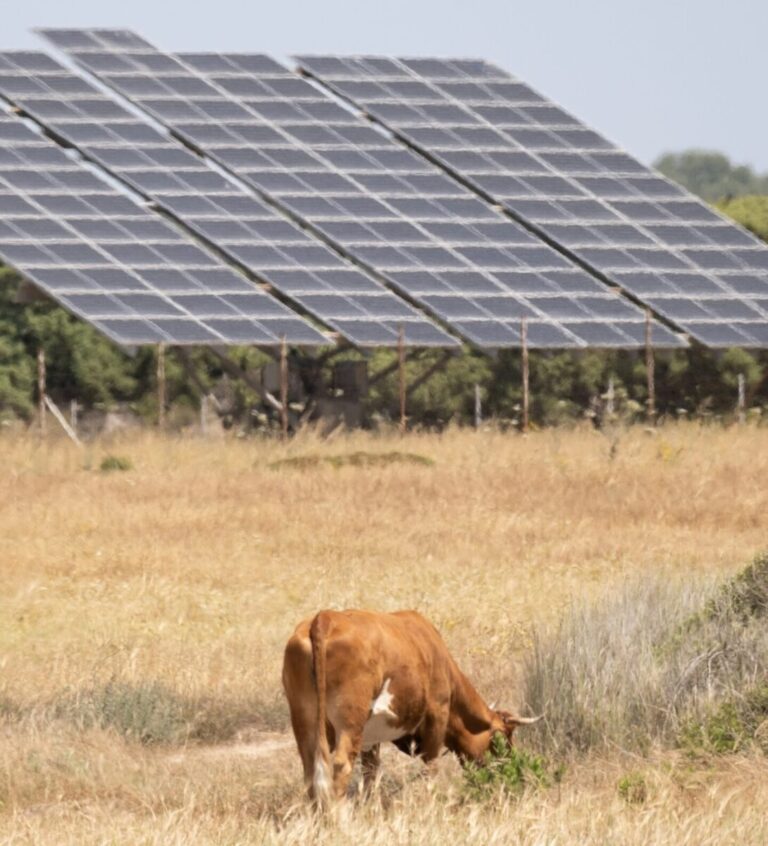A policy document from SolarPower Europe and the Nature Conservancy says clear policies are needed at EU level to define, incentivize and scale up nature-inclusive solar projects.
A new one policy document calls for a cross-sectoral EU policy framework to support the development of nature-inclusive solar farms that mitigate the effects of climate change and contribute to nature’s recovery.
The article, published by SolarPower Europe and the Nature Conservancy, defines nature-inclusive solar energy as projects that avoid the conversion of protected natural areas, are developed on land with low biodiversity value and contribute to biodiversity net benefits by managing the land in such a way that there is a net increase in native biodiversity compared to the level assessed before the development of the sun.
Features of nature-inclusive solar farms include planting native trees and native flower meadows, creating nesting and breeding areas for birds, creating hedges and field edges around the solar power plant, ensuring sufficient height and appropriate space between PV modules and creating green corridors within the project boundaries. .
The article states that nature-inclusive solar farms can make a significant contribution to the EU’s Nature Restoration Act, which aims to restore at least 20% of degraded land and seas by 2030, and all degraded ecosystems by 2050.
As the concept of nature-inclusive solar energy gains momentum across the EU, the article says there is a need for clear policies to help define, incentivize and scale up solar energy. Analysis in the article shows that there is currently a significant policy divide within the EU. While some Member States have incentive schemes for nature-inclusive solar energy, few have developed a science-based methodology for this policy.
Lina Dubina, policy advisor for sustainability at SolarPower Europe, said an EU-wide framework should define nature-inclusive solar energy, align with existing EU policies and include a monitoring and evaluation system.
The article also says that guidelines for the development of solar farms should be developed on avoiding and minimizing biodiversity loss in the planning and construction phases, in addition to practices to restore biodiversity, offset and/or achieve a net gain in biodiversity. It also suggests that policies are integrated into local planning frameworks, where the addition of such practices would help remove any misalignment and uncertainty for developers and other stakeholders involved.
“Policymakers now have an opportunity to use existing frameworks, such as the Nature Recovery Act or non-price criteria, and to develop further tools to introduce credible definitions and indicators, to stimulate more investments in solar farms that protect and restore nature” , says Rebecca Humphries, head of climate policy for Europe for the Nature Conservancy.
This content is copyrighted and may not be reused. If you would like to collaborate with us and reuse some of our content, please contact: editors@pv-magazine.com.


